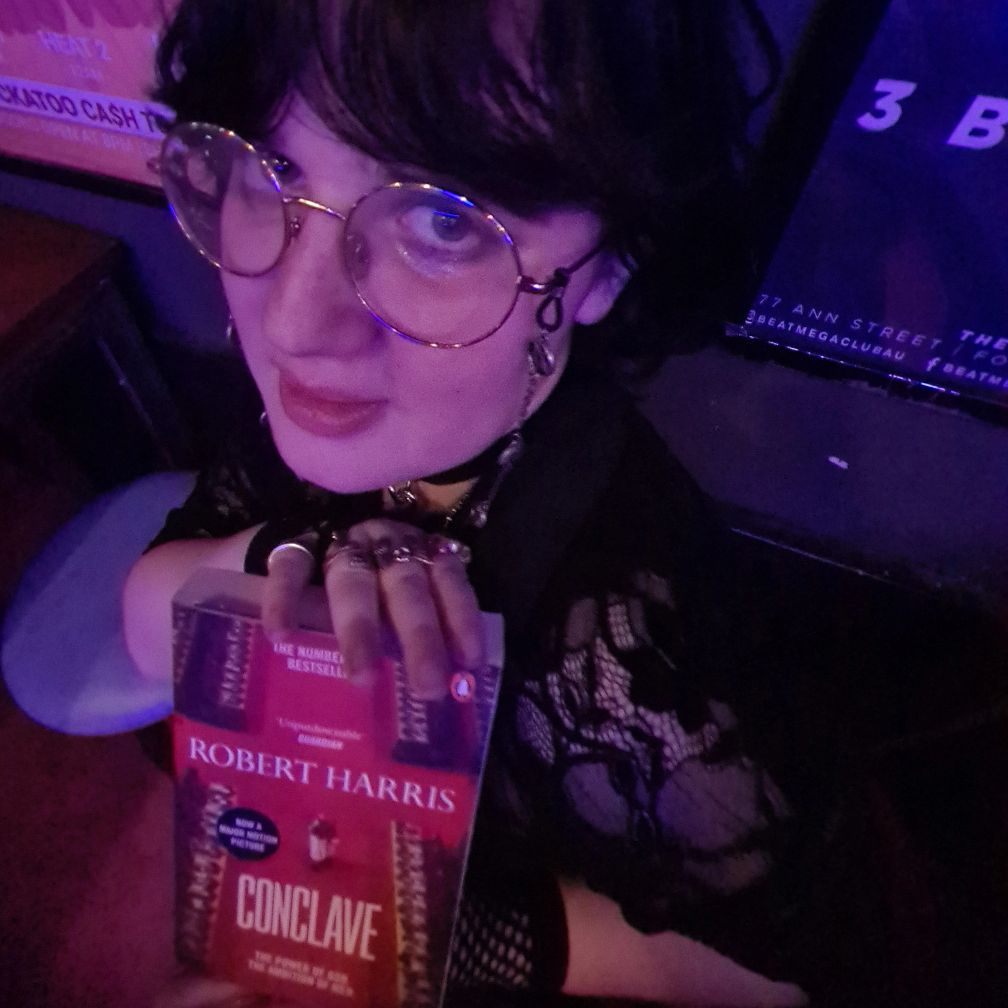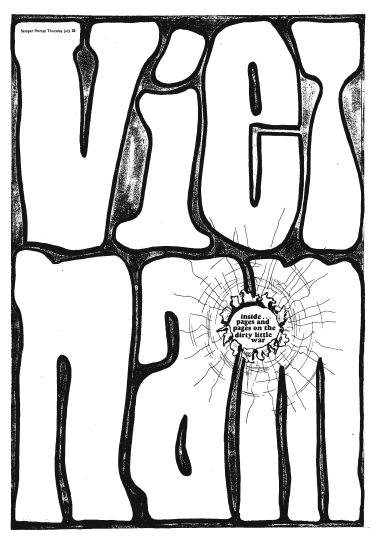
I’m sitting in the Fryer Library, flipping through a collection of Semper Floreat issues from 1966. An orange slip of paper is nestled between the pages of an edition published on 17th March 1966. The words “Vietnam Protest Week March 21-27” are in a large, bold font. Some of the items on the agenda include a protest in front of the American Consulate on Tuesday, 22nd, a draft card burning by some members of the Youth Campaign Against Conscription on Thursday, 24th, and a march from Roma St. Station to Centenary Park, where a rally was held on Sunday, 27th. On the bottom, it says the protest week is sponsored by the University Vietnam Action Committee.
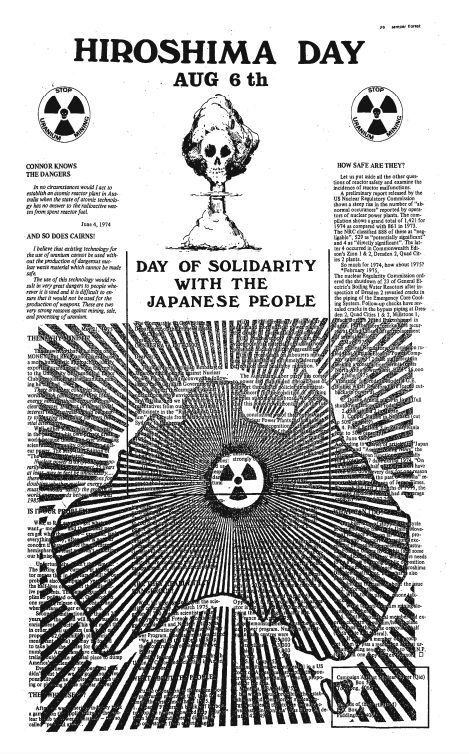
Believe it or not, Semper hadn’t always been the progressive student newspaper it’s come to be known as. From the 1930s to the 1950s, Semper Floreat followed a more traditional format and often published more conservative content. 1966 was the year that Semper experienced a metamorphosis of sorts, transforming in its formatting and content, adopting a more progressive stance, and adopting satire and irony.
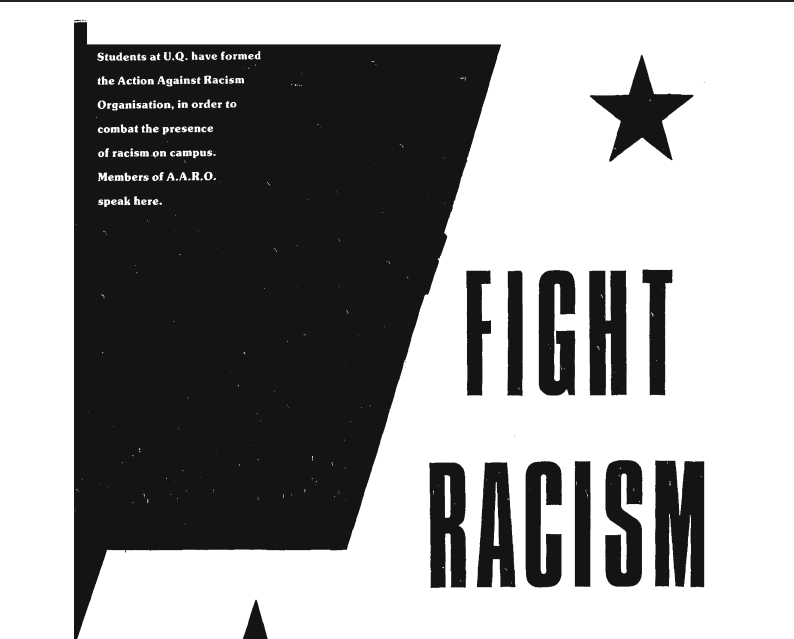
The UQ Library has an impressive online archive of old Semper Floreat issues. Scrolling through them takes me hours, but I’m so invested in these little pieces of history that I hardly notice the time go by. I scroll through an issue from 1975. In big bold letters, it reads “HIROSHIMA DAY AUG 6TH”, underneath is “DAY OF SOLIDARITY WITH THE JAPANESE PEOPLE”. In the middle is a drawing of an atom bomb cloud shaped like a skull, and on both sides are two radioactive symbols accompanied by the text “STOP URANIUM MINING”.
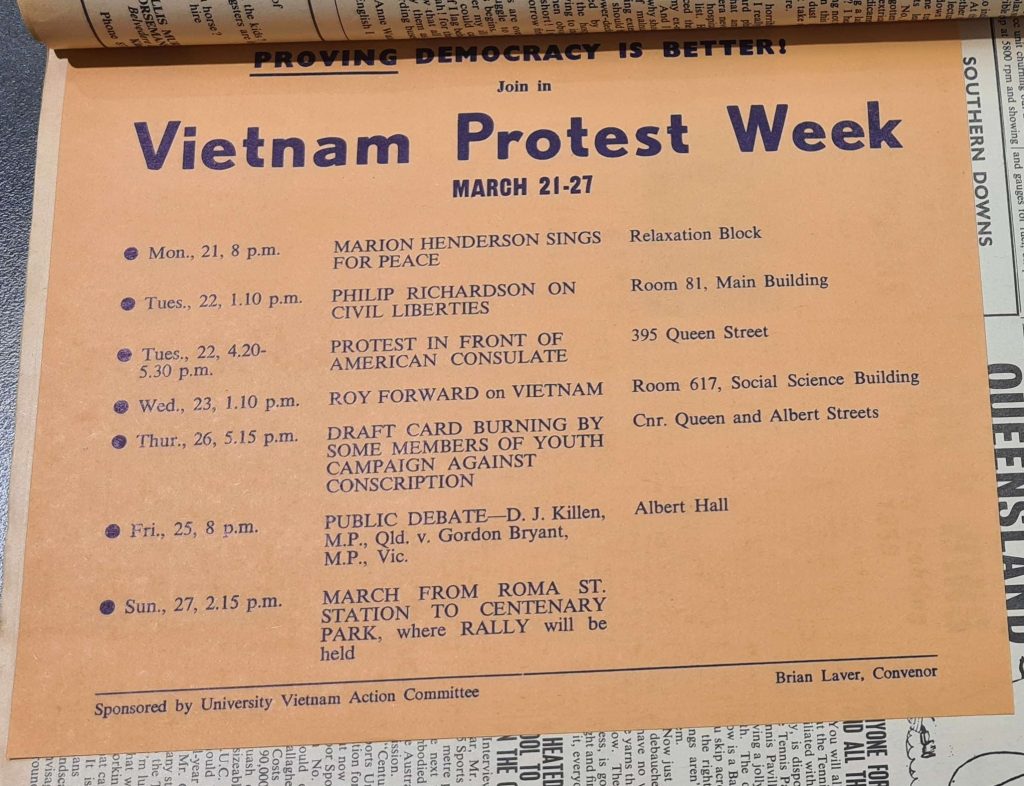
Protests on paper come in many forms- not just as orange slips of paper advertising marches or days of solidarity (not to diminish their importance). Protests on paper also come in the form of articles and drawings. It’s a drawing of a man with the caption PAY THE RENT; YOU ARE ON ABORIGINAL LAND underneath. It’s an article by the Women’s Rights Committee calling for abortion law reforms. It’s articles that are titled “ISRAEL VIOLATES HUMAN RIGHTS” and “FIGHT RACISM”.
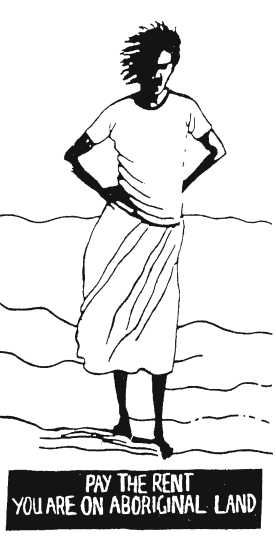
It also comes in the form of giving those in marginalised communities a voice to talk about whatever they want. One that stood out to me was an article from a 1995 issue, written by the UQU Queer Collective’s safe space namesake Michael Carden, who wrote about queer readings of biblical texts.
Protests on paper include bringing awareness to issues that the rest of society is too afraid to talk about. Going back to that 1995 issue, there are two examples of this. One bears the title “Bubble Boy”, and it calls out Queensland Health Minister from 21st February 1995 to 31st July 1995, Jim Elder, for his banning of HIV/AIDs materials that were developed by the QLD AIDS Council (QuAC). The second is a simply formatted PSA with no illustrations. It tells a hypothetical story of Mick, who “was scared he’d become a poofter”, which ends with him attacking a man named Dave. It ends with:
“Mick and his friends finished Uni and become doctors, lawyers, and business men, got married and never thought about sexuality again. Dave never comes out of the coma. Violence against gay men, lesbians, transexuals, transgenderists and bi-sexual people is a daily reality. Speak out against homophobic course content, jokes, attitudes, moralities and belief systems.”
Underneath in massive, bold print: “HOMOPHOBIA KILLS”.
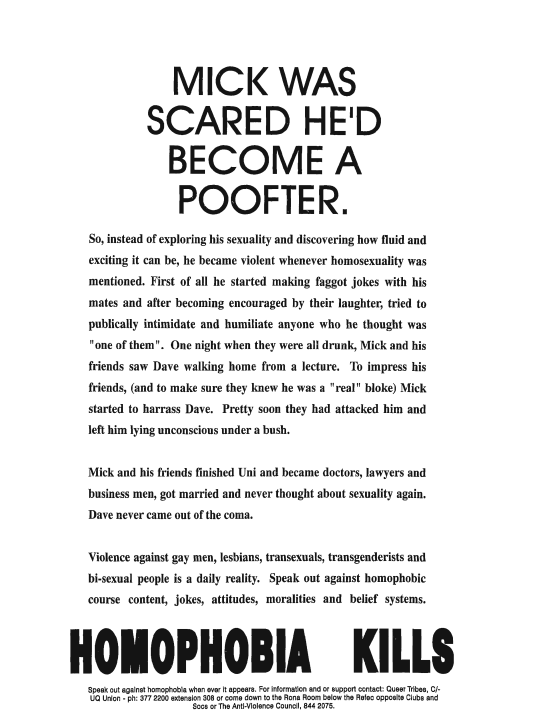
So, it’s pretty clear that Semper isn’t afraid to be controversial, progressive, and at times, silly. In the years passed since our inception in 1932, our editors and contributors have constantly advocated for and written about issues that are important to students. This legacy is one that our team is proud to carry with us and continue in future.
The author would like to thank the kind folks at Fryer Library for allowing access to their Semper Floreat archives.
Written by El Bancroft
Views: 34

